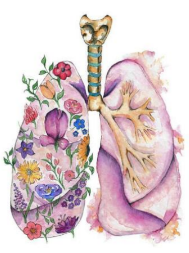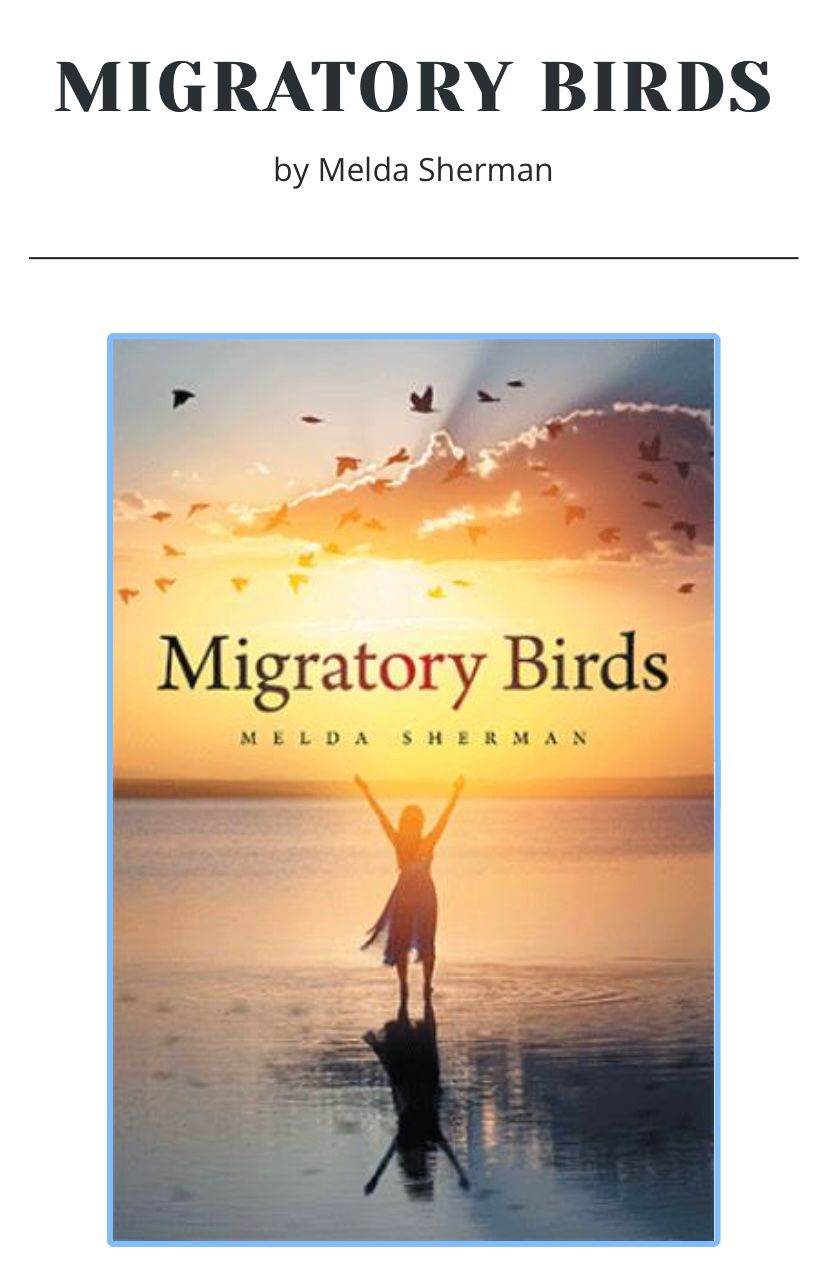“If the mind is the kite, the breath is its rope.” I would like to start with this word that one of
my dear teachers told me one day.
The word Prana, which means breath, vital energy, vital force, comes from Sanskrit. “ayama” in the word pranayama means stretching, expanding, growing, extending/sustaining, and controlling. So “pranayama” can mean controlling the breath by extending and shortening it.
The consciousness of 21st century people is so far away from realizing the perfect functioning of our body that we are not aware of what is going on inside our body. We think that our body will always work without even dwelling on it, and when the machine fails, we want our doctor to fix us in a short time with the help of drugs. Many diagnoses may be made on diseases; “high blood pressure, intestinal dysfunction etc.”, whereas, to me, the main diagnosis is this; WE DO NOT KNOW OUR OWN BODY! Our body-mind-soul is in discordance with each other.
They say, “Check your breath in every health problem.” Our breath is a mechanism that works without interruption. If you have efficient, conscious breathing, you will experience the peace and happiness in your life in the best way, firstly in the field of health and then in all areas of your life.
As a yoga instructor, yoga has taught me clearly the value of breath, that it is not just an oxygen- carbon dioxide exchange, but a mediator of transformation. “Breath” is the inner voice of my turning points in my life.

It seems quite ordinary and unintentional, doesn’t it; breathe in – breathe out. However, this involuntary act emerged with breathing techniques to balance emotions, calm the mind, and purify the soul beyond time and space, which connects us to life. When the breath circulates freely in our body and mind, we feel healthy and full of life; when this flow is blocked, fatigue and diseases begin to appear. In fact, in all primitive and advanced religions and holy books, the word “breath” has special meanings and in some cultures, breath and spirit are expressed with the same words. For example, in English, the expression “inspired” is used if a person is creative, admired, inspiring. Another meaning is to inhale. The root of this word comes from Spirare. “Spirare” means breath in Latin and is said to be “the immediate effect of God”.
Normal and quality breathing is actually breathing through the nose. Mouth breathing should only be used during a heavy sport, swimming or running, that is, when nasal breathing is not enough. Of course, although there are techniques in which the short-term oral route is used, breathing should take place through the nasal canal. The air entering through the nasal passage is moistened, filtered, and reaches the lungs thanks to the hairs in the canal and the special structure there. In mouth breathing, microbes and dust enter directly without being filtered and the air is not humidified. In long-term use of mouth breathing, bad breath, tooth decay, stomach ailments, respiratory tract infections may occur.
I will suggest you a small but very useful breathing technique.
** Alternate Nose Breath / Balance Breath – Nadi Shodhana;
“Nadi meaning “canal” and shodhana meaning cleaning mean “canal cleaning” when combined. It balances the right and left parts of the body and brain, slows the heartbeat, relieves stress and anxiety. It focuses the mind, relaxes the nerves, reduces fatigue. The body gains vitality. Breathing is cleared, the body is purified from toxins. It calms the eating crisis. It promotes awareness.
How to Do:
- Sit upright in a quiet and calm environment, eyes closed.
- You should start the breathing exercise by breathing through the left nostril.
- Fold your index and middle fingers inwards and close the right nostril with your thumb.
- This way, we breathe through the left nose.
- Then we close the left nostril this time with the ring finger of the right hand and breathe out through the right nostril.
- We take a last breath from the left and complete a series. We start the series again by breathing from the left.
Another point to be considered while applying this breathing technique is that our exhalation time should be longer than our inhalation time.
Patanjali, who wrote down the orally transmitted understanding of yoga, says:
“Breathe out the air, then inhale it into your lungs and hold it for a while, by doing this your
being will become a little calmer.”
Melis GENCE


